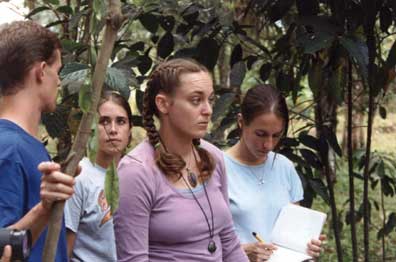
| By Admin1 (admin) (pool-151-196-165-54.balt.east.verizon.net - 151.196.165.54) on Sunday, October 26, 2003 - 1:58 am: Edit Post |
Dayton Daily News Editor responds to Peace Corps' letter, says perils faced by volunteers need to be reported

Is this how the Peace Corps compiles it's statistics on crime rates against volunteers and if so, does this method of reporting incidents provide an accurate reflection of the dangers faced by volunteers in the field? Read the story and the rest of the reports in coming days and leave your comments at:
Quote:This method of collecting statistics does not correspond with how law-enforcement agencies like the FBI report crime rates, and it tends to mask the true level of danger to which Peace Corps volunteers are exposed. In a separate e-mail received prior to publication of the series (and on the same day Peace Corps Director Gaddi H. Vasquez announced his resignation), press secretary Barbara Daly went further and asserted: ". . .The assault database should never be considered a database to count crimes against volunteers. We do not have a database that counts crimes against volunteers or even crime events against volunteers." Which raises the obvious question: Why not?
